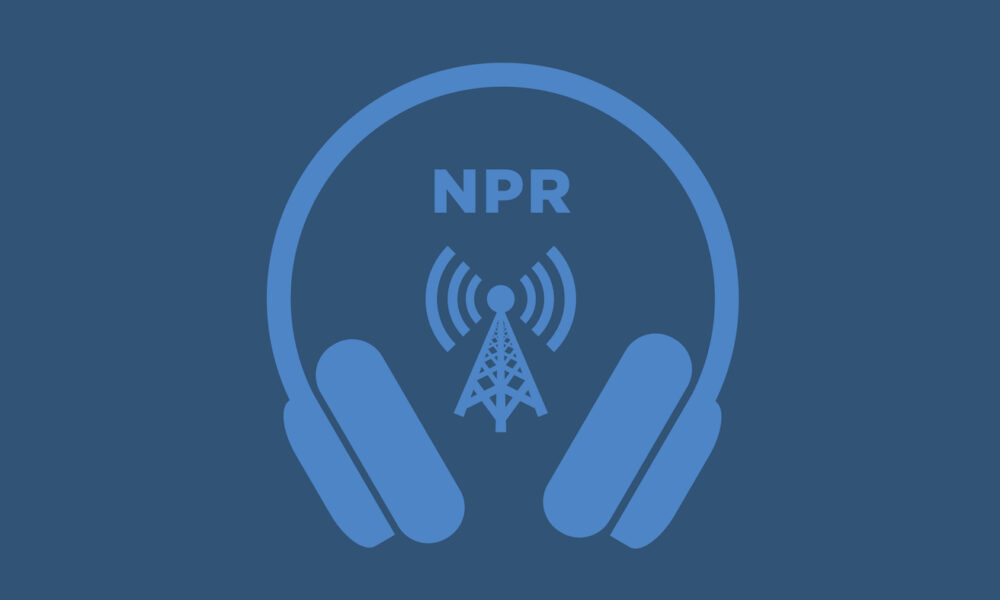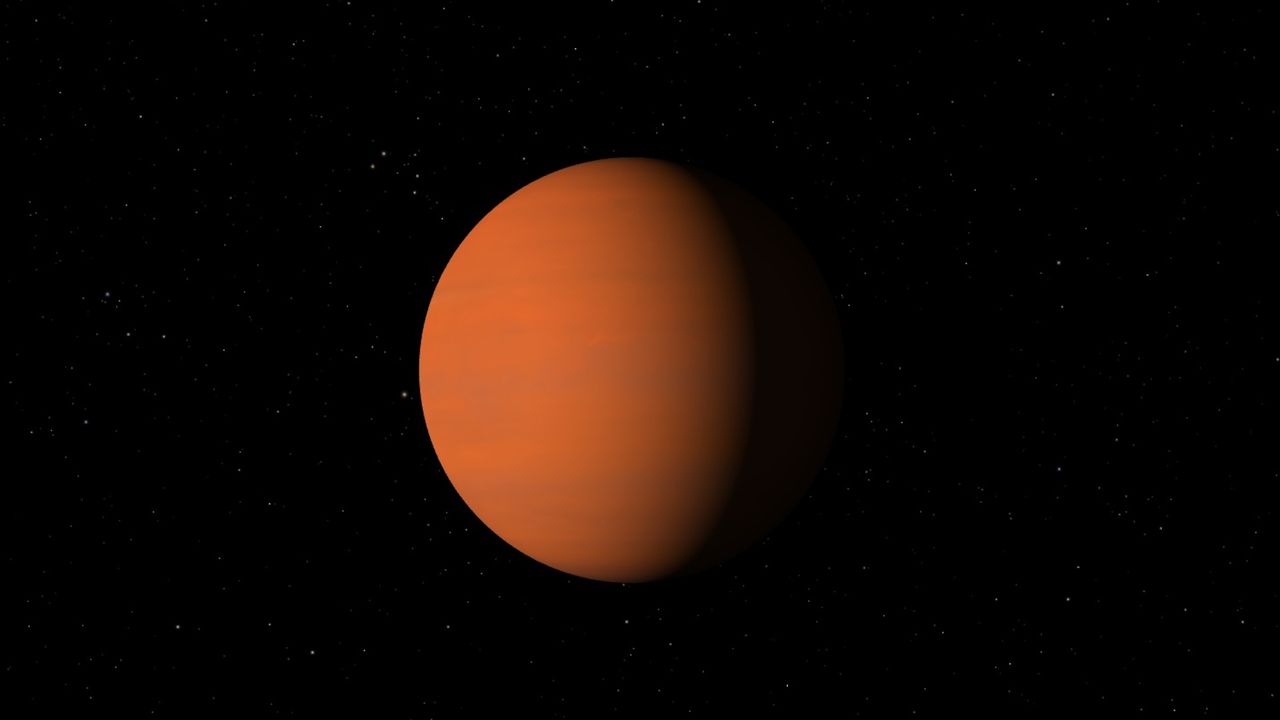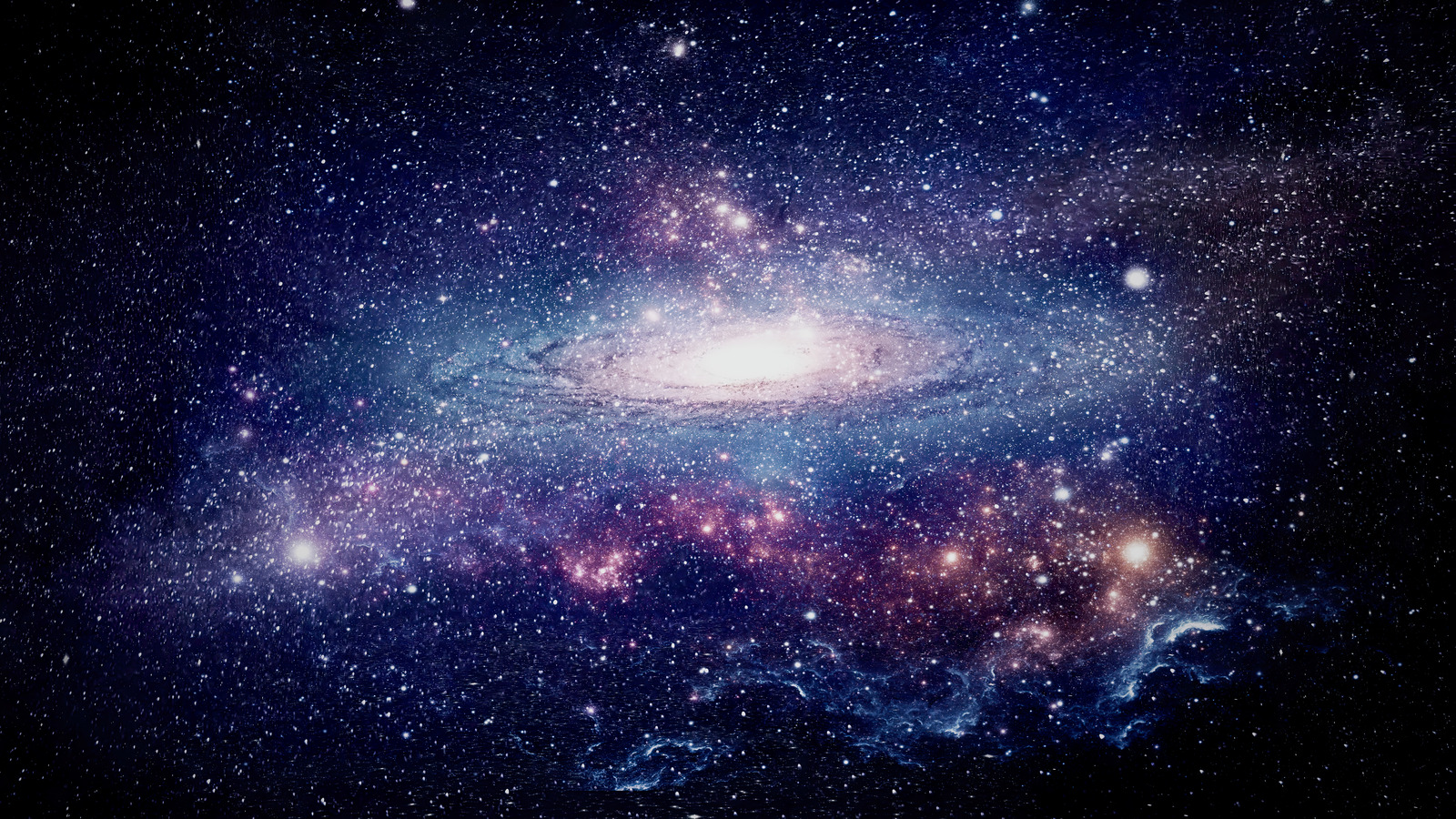A pair of recent peer-reviewed studies has identified a significant number of unidentified flying objects (UFOs) in photographs taken during the 1950s. The research, led by astronomer Beatriz Villarroel from the Nordic Institute for Theoretical Physics, suggests that these “transients”—fleeting star-like objects captured on film—could indicate extraterrestrial visitors.
The studies, published in the journals Nature’s Scientific Reports and the Publications of the Astronomical Society of the Pacific, analyzed approximately 2,000 photographic plates taken at the Palomar Observatory in California as part of the early Palomar Sky Survey. These images were recorded between 1949 and 1958, a period prior to the launch of any man-made satellites into orbit.
Villarroel and her team applied advanced machine learning techniques to evaluate the brightness of various objects in these historical plates. They concluded that out of around 107,000 transient lights observed, many did not correspond to known celestial bodies and remain unexplained. Villarroel posits that some of these transients could be related to unidentified aerial phenomena (UAP) in Earth’s orbit.
Correlation with Notable UFO Sightings
In their findings, the researchers noted a “small positive correlation” between UAP sightings and the transient lights detected. This correlation was deemed statistically significant and extends beyond random chance. One notable instance occurred on July 19 and 27 in 1952, coinciding precisely with the well-documented Washington DC UFO Incident, where numerous reports emerged of flying saucers over the U.S. capital.
The research also highlighted an intriguing pattern: transients tended to appear with increased frequency near dates of nuclear testing. The data indicated that transients were observed 45% more often within 24 hours of a nuclear test. For instance, the last recorded transient in the dataset aligned with the day after the Joe 21 nuclear test in Russia, which took place on March 17, 1956.
Implications of the Findings
The implications of this research are significant. Villarroel’s studies suggest that UAP sightings could be “significantly” associated with nuclear weapons testing windows. The findings lend support to the hypothesis that there is a connection between transients and both nuclear events and UAP reports.
Villarroel’s team continues to pursue answers to these mysteries, emphasizing the need for further investigation into the nature of these transient lights. As the search for extraterrestrial life persists, their work adds a fresh dimension to the ongoing conversation surrounding UFOs and their potential origins.
This research not only sheds light on historical sightings but also raises intriguing questions about the relationship between human activity, particularly nuclear tests, and the phenomena observed in our skies. The findings serve as a reminder of the mysteries that still linger in the cosmos and the need for continued exploration and understanding.







